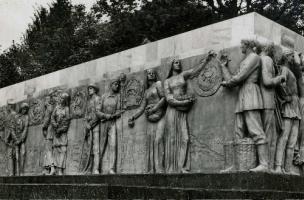You are here
The "resurrection" in Baillet-en-France of the bas-reliefs from the 1937 Soviet Pavilion
In 2004, François Gentili, Inrap archaeologist and specialist of seigniorial dwellings, explored the 17th century ice-houses of what was once the château of Baillet-en-France.
Inside one of them he discovered an impressive heap of sculpted concrete blocks: large broken statues (from 2.5 to 3 metres high), heads, members, torsos, reliefs and medallions. The ensemble (hammer, sickle, tractor …) seems to have been part of a large monument, undeniably Soviet, created after 1936. Further research has confirmed that these elements were part of the only comparable ensemble built on French soil: the Soviet Pavilion of the International Exhibition of Arts and Techniques of Modern Life, which took place in 1937 at the Trocadero in Paris.
The Soviet Pavilion of the 1937 exhibition
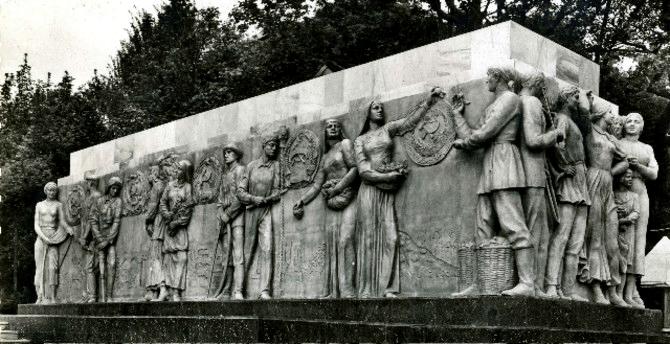
In fact, the group statue of Agriculture and Industry went back to Moscow, but the Tchaïkov reliefs were donated by the USSR to a trade union, the Confédération générale du Travail. At that time the left-wing Front Populaire was in power and the statues were accepted by the Union fraternelle de la Métallurgie and placed in the park of the château of Baillet-en-France, acquired in 1937 by the trade union as a vacation centre for the metal-workers during the first annual paid vacations.
When the Communist Party (PCF) and the left-wing union (CGT) were banned in 1939 the château was confiscated and became a centre of the Petainist youth movement, having previously been used as an internment camp for political prisoners. In the spring of 1941, the statues were destroyed. On the Liberation, for a time displayed on the ground, they were relegated and forgotten in an ice-house … until their rediscovery by an archaeologist.
Archaeology of modern times
Moreover, to mark this excavation, Jean-Paul Fargier is at present filming a 52 mm documentary, with Zadig productions, on the saga of the Soviet monument.
This excavation forms part of a re-examination of Soviet Art of the 1930s, too rapidly reduced to a simple tool of Stalinist propaganda, and the rediscovery of an artist whose 'official' work has led to his neglect. This rediscovery also raises the question of the preservations and presentation of these ensembles, in the former countries of the Soviet block and in France.
The sculptor Joseph Tchaïkov
Trained by his grandfather as a scribe, he turned early on towards engraving. In 1910, he travelled to Paris, under the aegis of Naoum Aronson, to study sculpture, and founded in the "Ruche", with Eastern European artists, the first review of Jewish artistic expression Makhmadim (the precious ones). He returned to Russia in 1914. After the October Revolution, he progressively developed his vision of new man escaping from the world of the past. In 1921, in the text entitled Sculpture, refusing any ethnographic or primitivist reference, he expounded his theory of a new plastic form. He taught in the Vkhoutemas (Superior workshops of art and technique) with artists such as Vladimir Tatlin or Alexander Rodtchenko and created, in 1927, a project for the Tower of the Tenth Anniversary of the October Revolution, which clearly illustrates his constructivist experimentation.
In the 1930s he became one of the figures of realism in Soviet sculpture, known mainly for his representations of athletes, and took part in all the exhibitions of Soviet Art in the USSR and abroad.
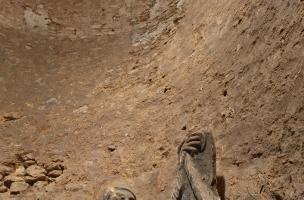
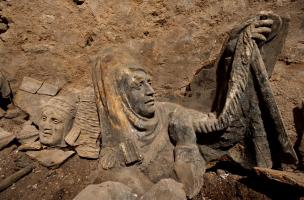
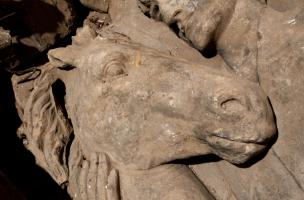
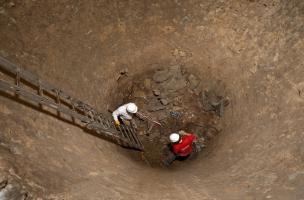
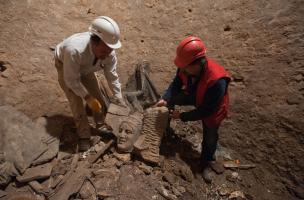
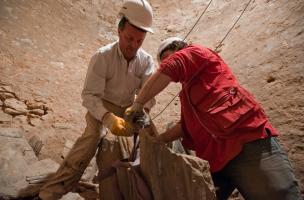
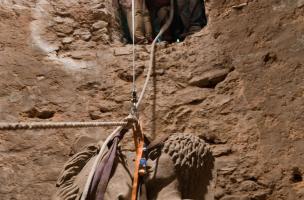
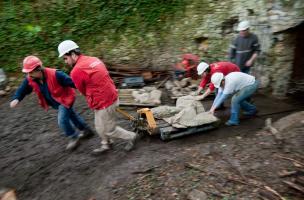
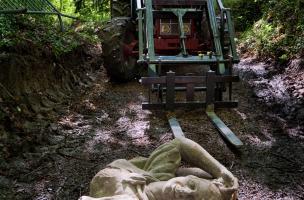
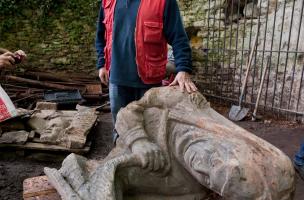
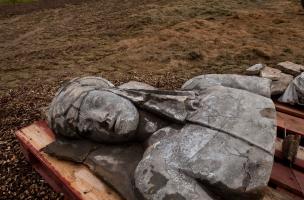
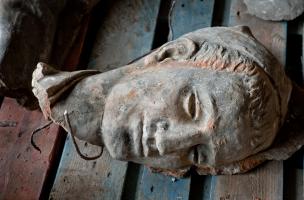
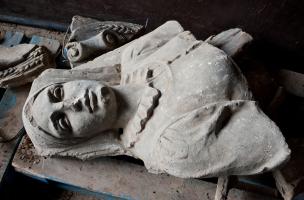
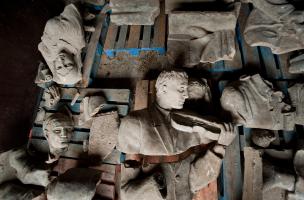
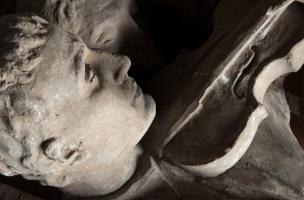
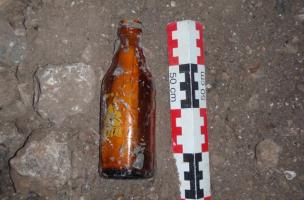
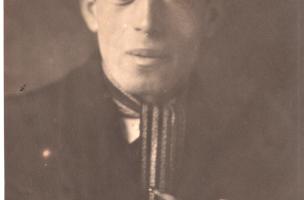
Mahaut Tyrrell
Media communication
Inrap, media partnerships and relations department
+33 (0)1 40 08 80 24
mahaut.tyrrell [at] inrap.fr
Sophie Jahnichen
chargée du développement culturel et de la communication
Inrap, direction interrégionale Centre - Île-de-France
01 41 83 75 51 - sophie.jahnichen [at] inrap.fr


